A while ago I wrote about creating a directory of financial services providers here at OneMint, and let me just copy paste what I wrote earlier.
Profiles for financial advisers
I get a lot of emails from people who want to buy bonds, mutual funds, or life insurance but I don’t sell these myself, so have to disappoint people who ask this.
At the same time, there are several financial advisers who comment on the site, and who can help out such people.
The natural thing for OneMint is to bridge the gap between the two, and I’ve decided to give that a shot as well. Financial advisers will be allowed to create profiles on the site where they can create their CV, and allow readers to ask them questions.
The profiles are by invitation only, and the only way to get an invite is to help other readers by answering their questions honestly and sincerely in comments and at the forum. If I feel that this is being done then I’ll invite you, else not.
So with that said, I am introducing the first advisor today.
Hemant Beniwal, Certified Financial PlannerCMÂ Â Â Â Â Â Â Â Â Â Â Â Â Â Â Â Â Â Â Â Â Â Â Â Â Â Â Â Â Â Â Â Â Â Â Â Â Â Â Â Â Â Â Â Â Â Â Â Â Â Â Â Â Â Â Â Â Â Â Â Â Â Â Â Â Â Â Â Â Â Â Â Â Â Â
Employment Status: Self Employed
Organization: Ark Financial Planners
Blog: The Financial Literates
Services Offered: Fee-based Financial Planning, Single Element Planning
Email: hemant@tflguide.com
About: Hemant Beniwal is Director of Ark Primary Advisor Pvt. Ltd., the company he founded to venture his financial planning practice. He entered the Financial Industry as Management Graduate in Finance & grew up to become a Certified Financial Planner(CFP).
Professional. He is amongst the first breed of Financial Planners, a new profession which is in its inception stage in India. Currently there are very few financial planners in India who are actually providing comprehensive financial planning service.
Financial Planning: Hemant believes Financial Planning gives you more clarity in life; it provides direction and meaning to your financial decision. It helps you to provide right balance between your present and future lifestyle. Financial Planner is like the Photographer; although he is not part of the picture but still contribute his skills to make it look good. But in Indian context, the term “Financial Planning†& “Financial Planner†has been misused to sell Financial Products. The planning part is completely overlooked and that adds to confusion. Hemant has dedicated his career in bridging this gap & to provide the real FP services to the clients.
Services: Ark specializes in offering fee based comprehensive financial planning service to Indian families across the globe that include middle level executives, professionals, business owners & NRIs. Recently he has added few other services like basic financial plan, retirement planning, investment planning, estate planning, mutual fund/insurance portfolio review, only consulting etc.
Experience: Prior to setting up the practice in 2009, he worked for 8 years with big Financial Brands & his last assignment was Regional Head Rajasthan with one of the Mutual Fund Company.
Beyond Financial Planning: Apart from developing Financial Plans and guiding clients meet their Financial Goals; he keeps interest in research & analysis of various financial products. He also conducts training programs on Financial Planning & Investment Planning and also regularly trains Financial Advisors. He also coaches candidates pursuing CFP Certification.
Financial Literacy & Mission against Mis-Selling: He runs “The Financial Literates†blog where he regularly writes thought provoking articles & also freely writes against mis-selling. He says “Mis-selling is making new peaks every year and for people it`s very tough to identify what is right or what is wrong. With the agents, even manufacturers are trying to milk naive investors. It is really painful to see when a client is mis-sold for penny benefits. And best way to avoid mis-selling is to get armored with Financial Literacy.†The Financial Literates is a dream & mission to make Indians Financial Literate.
Media: He has written over 100 articles, case studies & Query Section in various publications like Business Bhaskar, Business Standard, Indian Express, Money Mantra Magazine, Nafa-Nuksan etc. He also appeared on Doordarshan’s ‘Money Plant Show’ giving expert views on Retirement & Financial Planning. You can check few of his media articles & videos here.
Memberships and Association: Currently, he is General Secretary of The Financial Planners’ Guild, India, a professional body of practicing Financial Planners with the motto of creating awareness on Financial Planning among the public. He is also member of Financial Planning Association (FPA), USA – FPA is world’s most renowned association of practicing financial planners.
Fees: He currently charges Rs 12000-15000 for comprehensive financial planning; Rs 2500-6000 for single element planning and his hourly fees for consultancy & other services is Rs 1000/hr.
If you would like to use his services you can send him an email at hemant@tflguide.com – he will let you know the process & fees for your particular requirement. Turnaround time is 2 working days.
You can connect with Hemant on Linkedin, can follow him on Twitter or subscribe to his weekly newsletter.
You can also ask Hemant questions related to personal finance or his practice on this page.


 0
0 0
0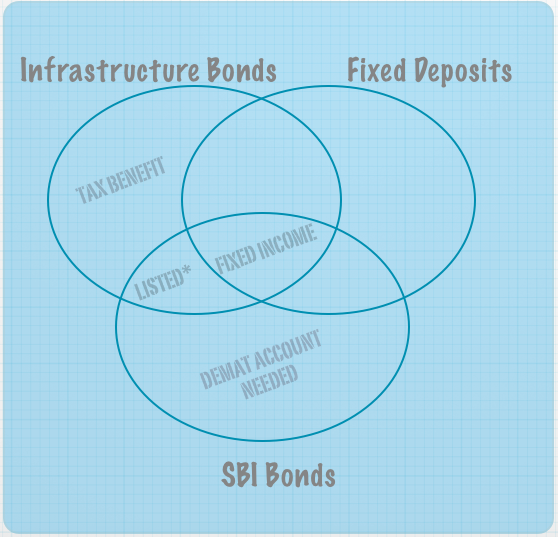
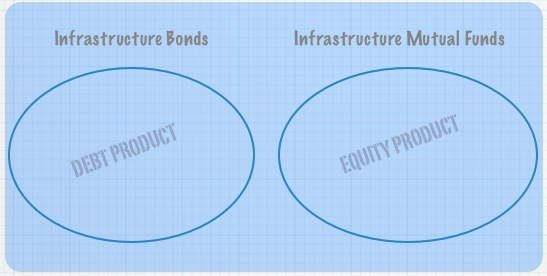
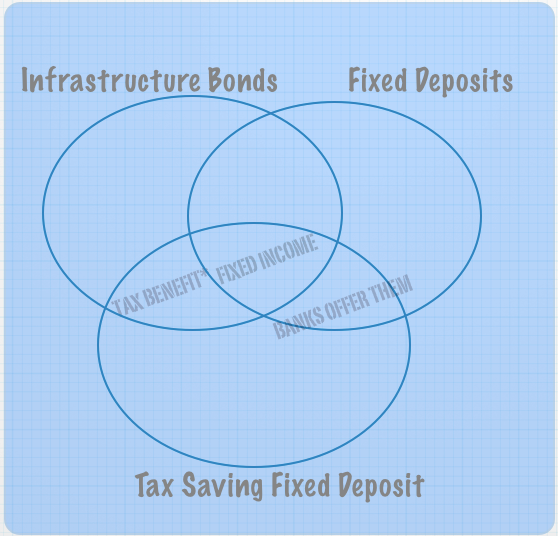
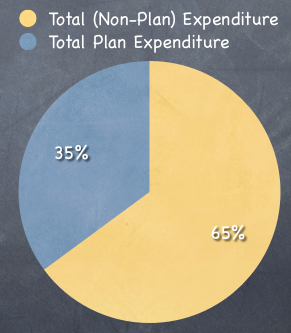
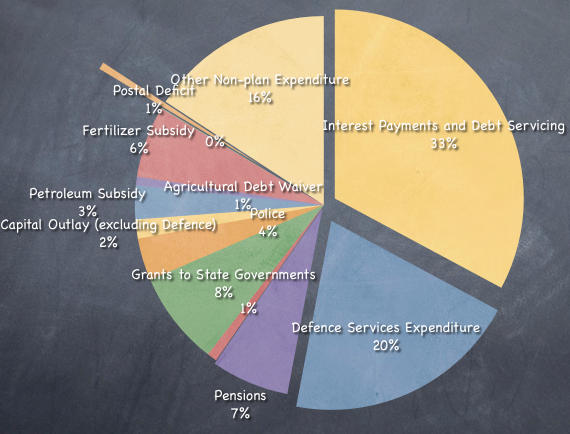
Just got duped..
Bought 500 gms silver @ 3370/50 gms (discounted for being a classic customer)
paid 67400 /kg vs market price of 49915/kg
we should sue these banks.. will go to bank tomorrow & see if anything can be done.. will keep you all posted
HDFC Rates
http://www.hdfcbank.com/common/gold_rates.htm
Market price
http://www.sify.com/finance/gold_rates/
REPLY